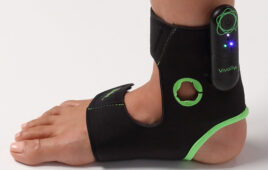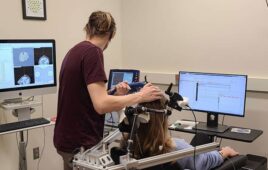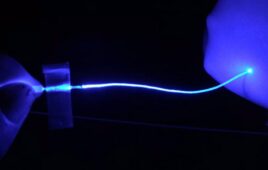Research suggests that the application of current to the brain, known as transcranial direct current stimulation (tDCS), may enhance cognition and lessen symptoms of depression, anxiety, and other conditions.
While tDCS devices can be built with simple tools, experts are cautioning do-it-yourself users that there may be hidden risks.
In an Annals of Neurology editorial, the clinicians and scientists note that stimulation affects more of the brain than a user may think, which could lead to altered brain functions that are unintended.
Also, stimulating one brain area may improve the ability to perform one task but hurt the ability to perform another. Furthermore, small changes in tDCS settings can have large and unexpected effects that may be long-lasting, and tDCS effects are highly variable across different people.
“Scientific papers can give the impression that tDCS has clear benefits with no side effects, motivating do-it-yourself use,” Dr. Michael D.. Fox, senior author of the Annals of Neurology article, said. “However the authors of these scientific papers generally do not encourage this. With do-it yourself tDCS on the rise, we thought it was time to outline why.”
Additional information is available from the Annals of Neurology publisher, John Wiley & Sons, Inc.




